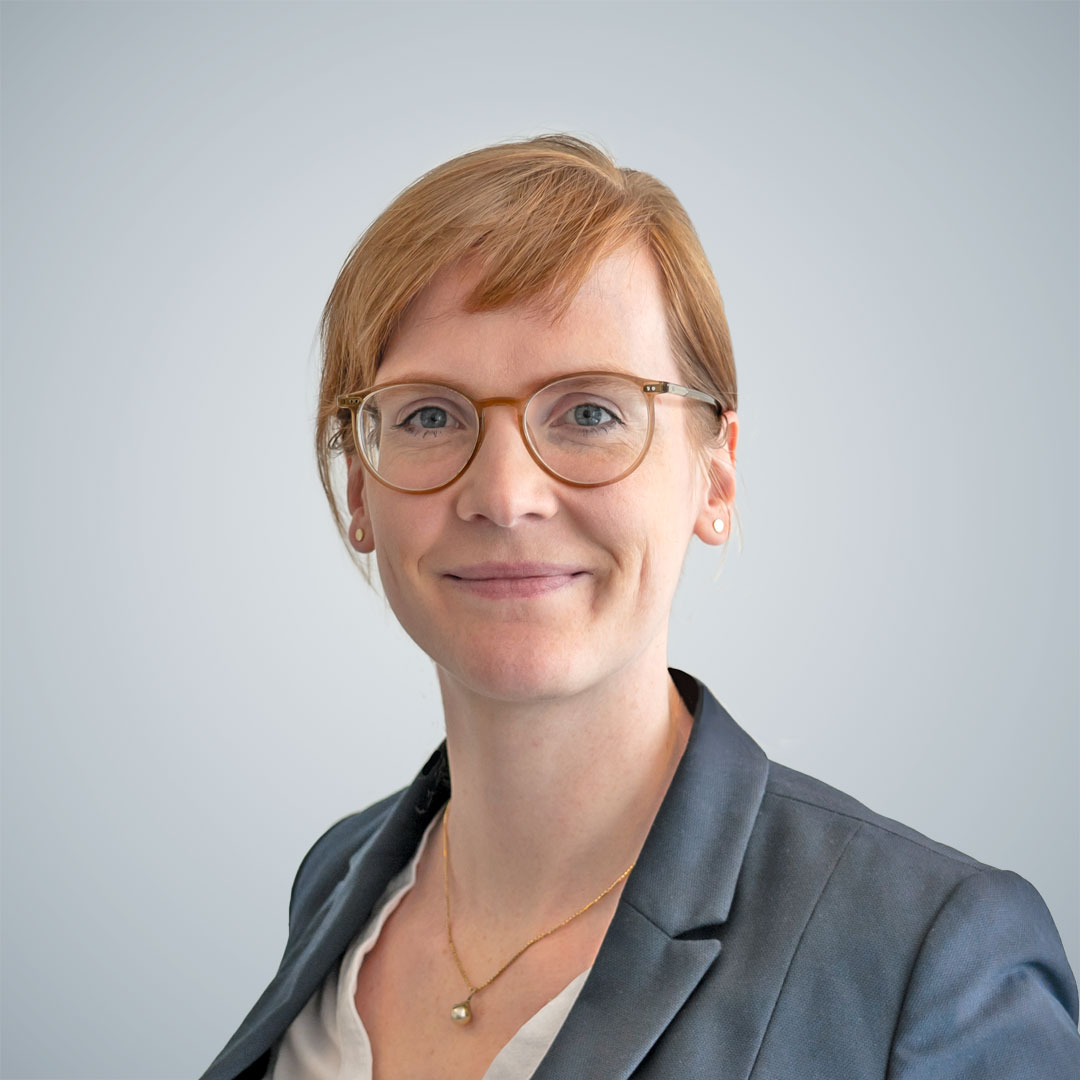- Olga Schmidt
- 12.12.25
- 2 min
- Success factor sustainability
Your contact person
Dr Greta Maroun
Smart coatings are one of the major development trends in surface technology in recent years. The possible applications are diverse and offer great potential to revolutionize a wide range of industries. In this blog article, we take a look at intelligent coatings, their promising applications and their prospects.
The efficiency of a process often depends crucially on the surface properties of the materials. Issues such as reaction speed, selectivity and corrosion resistance are of central importance. (In the blog article "Sustainability and energy transition: the role of surfaces" you can read more about the crucial role of surface technology as a cross-sectional technology and how it influences the success of renewable energy technologies).
Smart coatings are innovative coatings that react spontaneously to external stimuli and thus provide added value beyond the basic, passive functions of a coating (e.g. decoration, protection). Stimuli can be heat, light irradiation, mechanical induction, temperature, pressure, pH fluctuations, aggressive corrosive ions and much more. Smart coatings are therefore also referred to as "stimuli-responsive" or "environmentally sensitive" coatings.
In principle, smart coatings always consist of passive and active components that have to be coordinated in order to achieve the desired functions. The technological approaches used to create these "intelligent" properties are diverse and range from the use of micro- and nanoparticle formulations to combinations of organic and inorganic phases. The functional component in these smart coatings can be both resin and one of a variety of possible additives (such as pigments, bioactives, enzymes, microencapsulated active ingredients, nanomaterials, inhibitors, radio frequency identification devices, microelectromechanical devices, etc.).
The integration of nanomaterials was a breakthrough in the further development of smart coatings. Using nanotechnology, surfaces can now be customized at a microscopic level to provide specific functions such as increased hardness, abrasion resistance and improved corrosion protection. Many smart coatings now contain metal and metal oxide nanoparticles that offer different functional properties and improved performance.
The driving force behind the development of smart coating technologies is the constant demand for higher performance, longer product life and significantly lower maintenance costs. In addition to the general further development of the adaptability of coatings, other important development trends in the coming years include
EurA AG will be happy to support you in designing development projects, applying for suitable funding and finding partners for your projects. Our network for functional surfaces (FONIE) specializes in modern coating processes and is the perfect point of contact for taking your surfaces to the next level.
Text: Dr Greta Maroun

Your contact person
Dr Greta Maroun
EurA AG
T- 079619256-0Max-Eyth-Straße 2
73479 Ellwangen
info@eura-ag.com